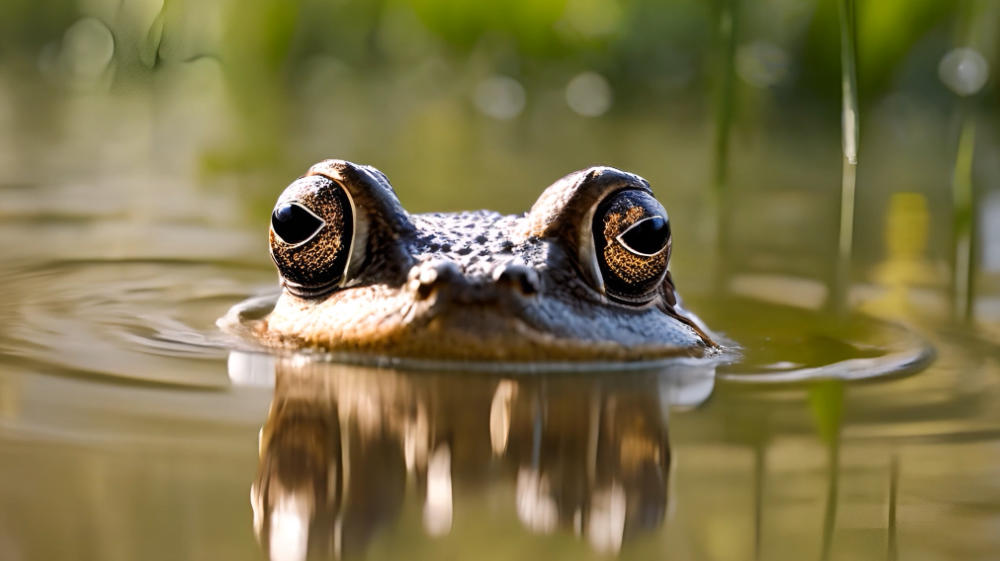
Selected for AFI '25 by Istanbul Modern, Türkiye.

What compels you to work with moving image, and when did you first become interested in the medium?
Since the early 2000s, we have been deeply interested in 3D modeling programs and animations. While exploring movement and mimicking reality, our passion for set and stage design, as well as lighting and sound design, provided us with creative freedom far beyond the physical world. This allowed us to experiment with production design and create short films that challenge the boundaries of the body and architecture, particularly by designing gravity-free environments.
Both of us grew up with a strong fascination for music videos and machinima forms, which exemplify storytelling in computer games. Today, using AI tools to construct these processes and discover new potentials open up exciting opportunities for our curiosity-driven approach.
Ahmet Rüstem’s expertise in set design and Hakan Sorar’s experience in photography enable us to combine traditional 3D modeling tools with next-generation technologies, enriching our artistic practice as a duo.
Can you speak about the potential that dreaming and altered states of reality offer individuals and societies? How do you feel this is reflected in filmmaking and in your artwork specifically?
Since prehistoric times, humanity has transformed surfaces, embedding them with knowledge and inscribing stories. Cave walls, with their drawings and shadows, served as companions in creating performative spaces. Throughout human and architectural history, countless narratives have been conveyed through mediums like stained glass and frescoes. Today, we construct virtual surfaces using new-generation tools, transferring knowledge while unlocking new experiences.
As a duo, we focus on crafting visible and invisible narratives, particularly through augmented reality (AR). AR technology allows us to engage the audience directly in the artwork, offering a second phase of the narrative while bypassing censorship and expanding storytelling possibilities. With virtual reality tools, we create multidimensional spaces where stories unfold through immersive soundscapes and navigation. The age of interactive, audience-encompassing experiences has already begun, with technologies like spatial audio and interactive environments introducing entirely new storytelling languages.
In this context, we have been exploring innovative ways to engage audiences with video art. One of our most significant works, “Theatrum Mundi,” (2023) exemplifies this approach. As a hybrid machinima form, it allows audiences to experience video art through our pre-set camera perspectives and by navigating freely within the video world, like controlling a virtual drone. Additionally, the audience can become directors, lighting designers, sound designers, and set decorators, reshaping the world before them by adjusting weather conditions and camera angles.
This approach highlights the potential of dreaming and altered states of reality to construct narratives for individuals and societies. It also enables us to redefine video art as a medium for exploring and sharing these transformative possibilities.
Please share a list of books, music, films, artworks, thinkers, spaces and places that inspire your practice, and in particular have fed into your thinking around this film.
“The Pond” (2023) video was part of our exhibition “Rest in Pieces,” where we explored themes of permanence and mortality through a queer lens on archaeological objects. During the exhibition process, we had the opportunity to work at the Tavşanlı Höyük excavation site and read numerous valuable archaeological articles.
Our creative process is often accompanied by music from artists like Kate Bush, Lykke Li, and Woodkid, as well as a variety of soundtracks that inspire us. Books on archaeology and human history are among our constant references. While preparing the video, we traveled extensively across Anatolia, visiting various cities and excavation sites, which significantly informed our perspective.
In addition to contemporary artists, we closely follow the works of Eduardo Casanova, Guillermo Del Toro, and Hideo Kojima, whose approaches deeply resonate with our practice.
What new projects or lines of research are currently preoccupying you?
We are currently focusing on creating interactive light and video experiences using game engines. Our research explores virtual camera spaces where viewers can actively engage with and transform the environment. In traditional set design, compositions were crafted to enrich the film based on the camera’s perspective. In 360-degree immersive spaces, however, our goal is to design sets and atmospheres that can be experienced from every angle at any moment.
We continue to explore perception and optical illusions, integrating spatial and sound experiences into our work. In the near future, we plan to develop a 360-degree spatial experience that allows the audience to transform the space in real-time. Additionally, we are experimenting with AI tools to explore their potential in film creation while documenting the process.

© 2025 www.crawfordartgallery.ie